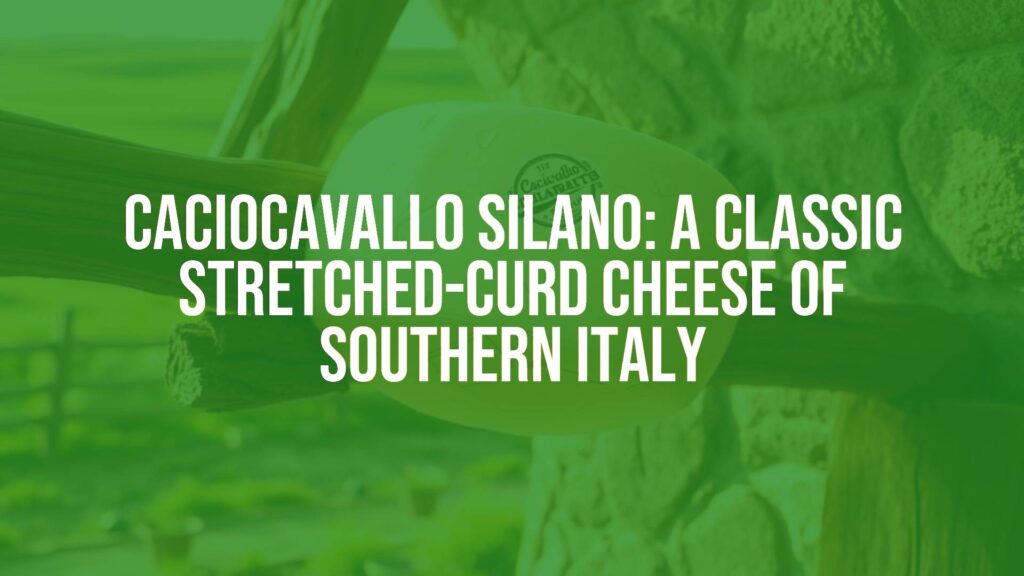Discovering Caciocavallo Silano
Caciocavallo Silano stands as one of Southern Italy’s most distinguished cheeses, renowned for its unique shape, signature flavor, and ancient heritage. Recognized with Protected Designation of Origin (PDO) status, this cheese is cherished both regionally and abroad for its contribution to Italian culinary tradition.
Origin and Historical Significance
The roots of Caciocavallo Silano trace back over two millennia, making it one of the oldest cheeses in the Mediterranean basin. Its name, translated as “cheese on horseback,” refers to the traditional method of aging: pairs of cheese shapes draped over a wooden beam like saddlebags. The “Silano” designation ties the cheese to the Sila plateau, a vast, lush area spanning Calabria, Basilicata, Campania, Molise, and Puglia.
For centuries, Caciocavallo Silano has symbolized local identity and camaraderie among shepherding communities, featured in time-honored festivities and rural banquets, embodying the heart of Southern Italian cheesemaking culture.
Distinctive Qualities
Caciocavallo Silano is a semi-hard, stretched-curd (pasta filata) cheese made primarily from cow’s milk. It is instantly recognizable by its gourd-like form, often with a noticeable “head” fashioned for tying and hanging during maturation. The thin, smooth rind varies from pale straw yellow to deeper hues with age, while the interior is compact and elastic when young, becoming firmer and occasionally flaky as it matures.
The flavor profile distinguishes Caciocavallo Silano: mild, milky, and slightly tangy when young, developing more savory and spicy notes as it ages. Subtle aromas of grass and wildflowers are often present, echoing the rich pastures where the cattle graze.
Crafting Caciocavallo Silano
The cheese’s production relies on traditional methods handed down through generations. Fresh cow’s milk is curdled, then the curds are cut and heated before being hand-stretched into its characteristic shape. Each cheese is tied with natural fiber and suspended in pairs, allowing it to age in well-ventilated rooms for a period ranging from 30 days to several months, depending on the desired texture and flavor intensity.
Pairings and Culinary Uses
Caciocavallo Silano is remarkably versatile at the table. Sliced or cubed, it makes an excellent addition to antipasto platters, especially when accompanied by cured meats, olives, and crusty bread. Its delicate nutty notes pair beautifully with white wines, young reds, or even local craft beers.
In cooking, this cheese can be grilled, melted over polenta or pasta, or incorporated into savory pies and vegetable bakes. In some Southern Italian traditions, thick slices of aged Caciocavallo Silano are pan-fried or grilled directly over hot coals, resulting in a golden crust and melting center.
Cultural Importance and Traditions
Beyond its gastronomic applications, Caciocavallo Silano features in regional festivals and rituals, especially in Calabria and Basilicata. The ceremonial cutting and sharing of the cheese symbolize hospitality and togetherness. Its rich, artisanal identity reflects the resilience and pride of the communities where it is produced.
Enjoying Caciocavallo Silano
To fully appreciate Caciocavallo Silano, allow it to reach room temperature before serving. For a classic pairing, try it with fig jam, honey, or sun-dried tomatoes. Whether enjoyed in its tender youth or aged for a bolder experience, this beloved cheese delivers an authentic taste of Southern Italy’s pastoral landscapes and time-honored traditions.

